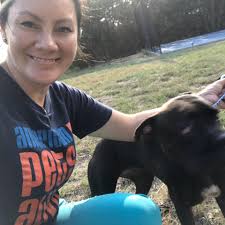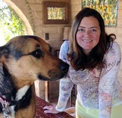
April 2020 by Alexis Bardzinski, DVM and Jennifer Wilcox, DVM
Audience: Executive Leadership, Shelter/Rescue Staff & Volunteers, Veterinary Team
Video Length: 47:05
Are animals in your community dying and being killed due to medical conditions and their associated costs? For many shelters and rescues this is true. Learn how to spend the least amount of money possible, to spread the meager wealth of medical resources and save more lives. You will learn that saving the lives of the pets with medical conditions in your community is possible, even if you don't have extra money.
This presentation was recorded by Maddie's Fund® at the 2020 American Pets Alive! Conference.

About Alexis Bardzinski, DVM
Medical Director, Austin Pets Alive!
Dr. Bardzinski obtained her doctorate of veterinary medicine from Mississippi State University. Initially, she came to Austin to complete an internship in equine veterinary medicine and then afterwards began working in shelter medicine and performing high volume spay/neuter surgeries. She has been working as a veterinarian at Austin Pets Alive! for just over 6 years and currently resides in Austin with her cattle-dog Paisley and crazy cats Kase and Sake.

About Jennifer Wilcox, DVM
Director, Veterinary Services, Pima Animal Care Center
After completing a PhD in conservation genetics at University of Colorado, Dr. Wilcox volunteered at a local shelter during her years of post-doctoral research at University of Arizona. The shelter animals compelled her to shift her professional goals, and she finished her veterinary degree at University of Wisconsin in 2008. She returned to Tucson as a shelter vet and eventually became medical director at Humane Society of Southern Arizona. She moved to Pima Animal Care Center (PACC) as their first "shelter" vet five years ago. PACC presented abundant challenges as the largest open admission municipal shelter in Southern Arizona. Community support toward PACC shifted dramatically in 2014 when life-saving medical stories were broadcast and key programs successfully launched.